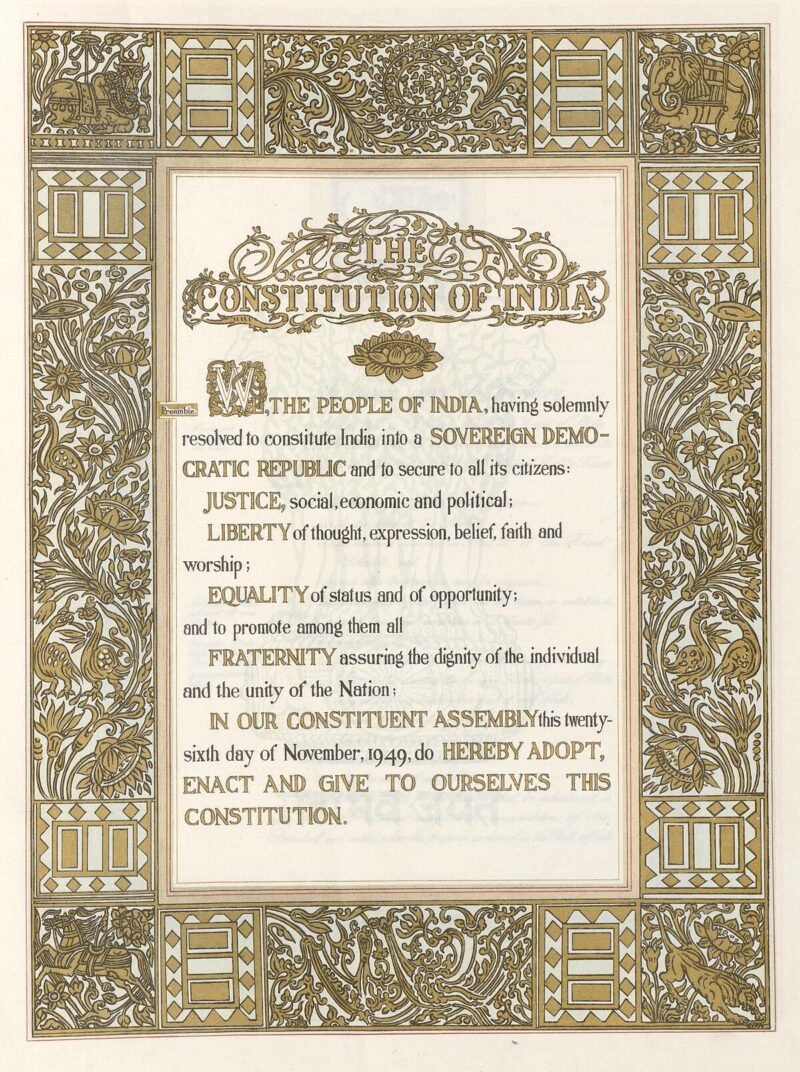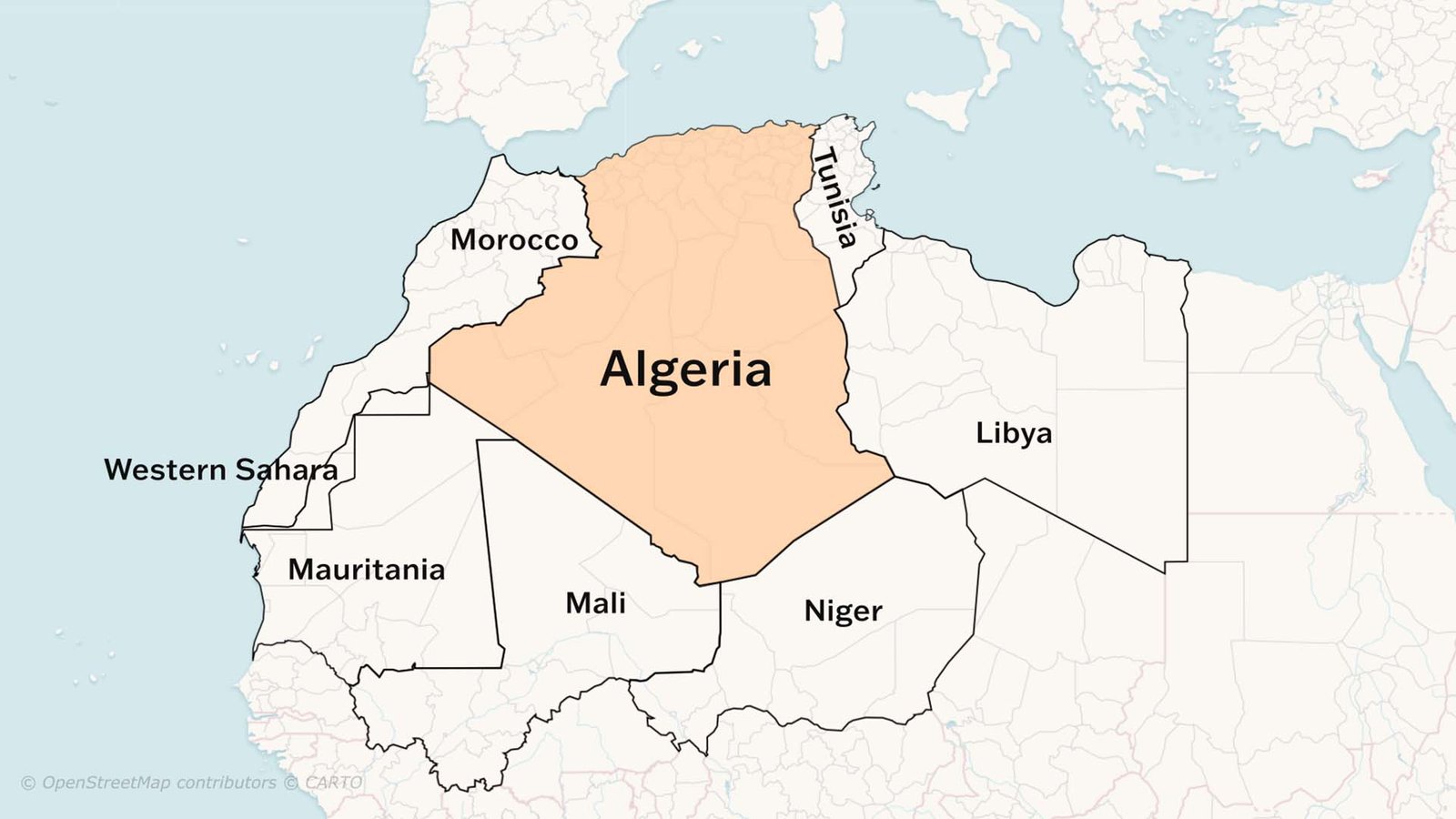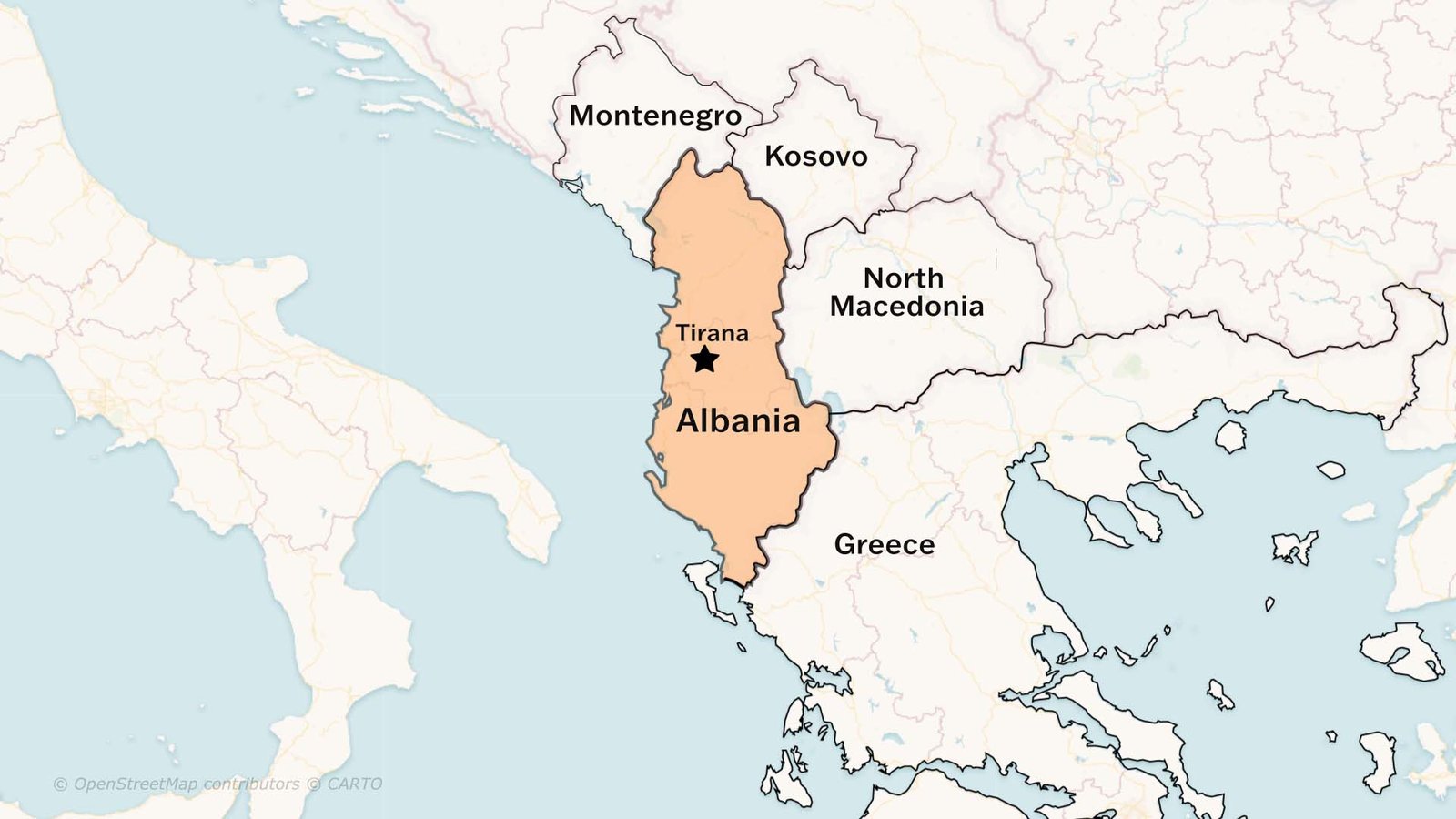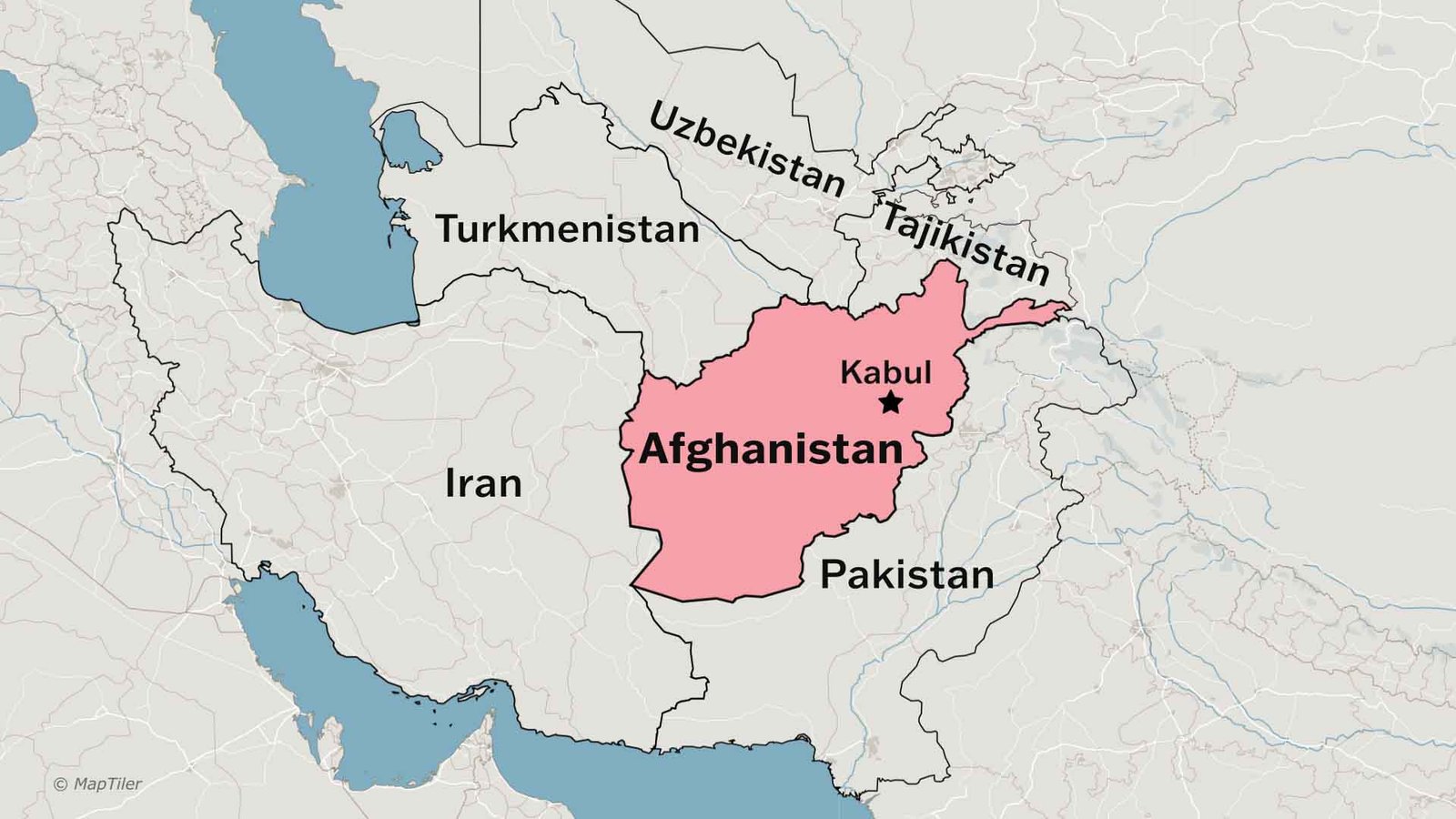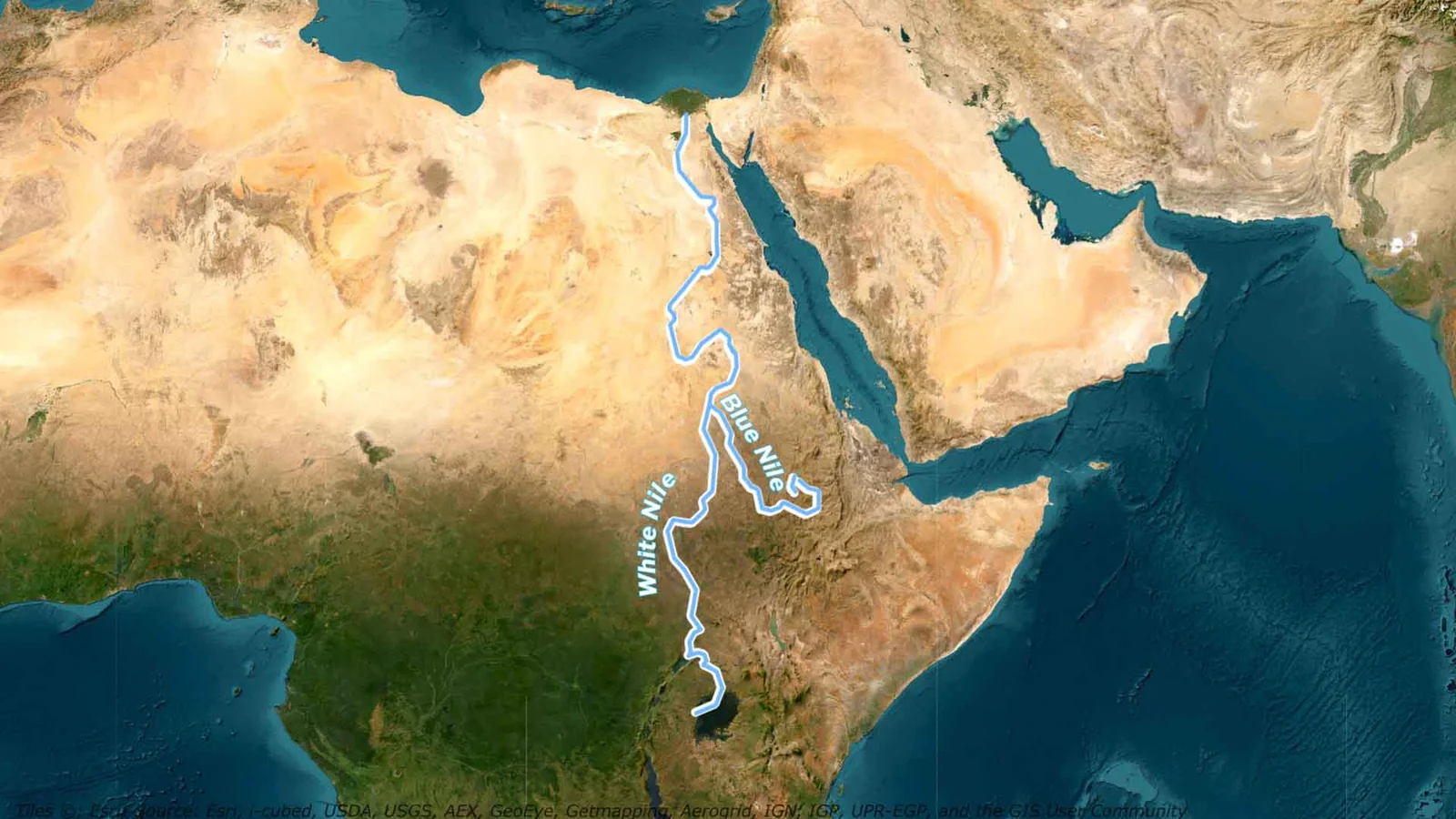In this post, we will understand the Preamble of the Indian Constitution with Quick Revision Notes. The Indian Constitution is the longest written constitution in the world and forms the foundation of the world’s largest democracy. It defines India’s political structure, fundamental rights, and directive principles. Among its most symbolic and significant parts is the Preamble, which introduces the guiding philosophy of the Constitution.
Understanding the Preamble is essential for civil service aspirants, law students, and anyone interested in Indian polity. It is a commonly asked topic in competitive exams and often features in questions related to keywords, objectives, and constitutional interpretation.
Importance of the Preamble
The Preamble acts as the introductory statement to the Constitution of India. It outlines the nation’s core values, goals, and ideological foundation. While the Constitution was adopted on 26 November 1949, it came into force on 26 January 1950.
Famous Observations about the Preamble
-
N.A. Palkhivala called it the “Identity Card of the Constitution.”
-
K.M. Munshi referred to it as the “Horoscope of the Sovereign Democratic Republic.”
-
Thakur Das Bhargava described it as:
“The most precious part of the Constitution. It is the soul, the key, a jewel set in the Constitution, and the proper yardstick to measure its worth.”
Key Facts
-
It is based on the Objectives Resolution introduced by Jawaharlal Nehru on 13 December 1946 and adopted on 22 January 1947.
-
It is not a source of legislative power, nor a limitation on the legislature.
-
It is non-justiciable, meaning it cannot be enforced in court. However, courts may refer to it for interpreting constitutional provisions.
-
It has been amended only once—through the 42nd Constitutional Amendment Act, 1976, which added the words Socialist, Secular, and Integrity.
-
To remember these additions, a helpful mnemonic is Soc-Sec-In.
Text of the Preamble
“We, the People of India, having solemnly resolved to constitute India into a Sovereign Socialist Secular Democratic Republic and to secure to all its citizens:
Justice, social, economic and political;
Liberty of thought, expression, belief, faith and worship;
Equality of status and of opportunity;
and to promote among them all
Fraternity assuring the dignity of the individual and the unity and integrity of the Nation;
In our Constituent Assembly this twenty-sixth day of November 1949, do hereby adopt, enact and give to ourselves this Constitution.”
Structure of the Preamble
-
Source of Authority – “We, the People of India” establishes the principle of popular sovereignty.
-
Nature of the State – India is described as a Sovereign, Socialist, Secular, Democratic, and Republic.
-
Objectives – These include Justice, Liberty, Equality, Fraternity, Unity, and Integrity.
-
Date of Adoption – 26 November 1949
(Note: The Constitution was enforced from 26 January 1950, now celebrated as Republic Day.)
Explanation of Key Terms
-
Sovereign – India is free to make its own laws and decisions, both internally and externally, without foreign interference.
-
Socialist – India follows democratic socialism, which balances individual freedom with social welfare. Unlike communism (China) or capitalism (USA), India takes a middle path.
-
Secular – India has no official religion. The state respects all religions equally. This differs from Western secularism, which calls for a complete separation of state and religion.
-
Democratic – India is a representative democracy with elected leaders and regular elections. It guarantees not just political democracy (via elections), but also strives toward social and economic democracy.
-
Republic – India has an elected head of state. Public offices are open to all citizens, and there is no place for hereditary rule.
Objectives Specified in the Preamble
-
Justice
-
Social: Equal treatment regardless of caste, class, or background
-
Economic: Prevention of economic exploitation
-
Political: Equal political rights for all
-
-
Liberty
-
Freedom of thought, belief, expression, faith, and worship
-
Subject to reasonable restrictions for public order and morality
-
-
Equality
-
Equal status and opportunity
-
Key articles:
-
Articles 14–18 (Fundamental Rights)
-
Articles 325–326 (Universal Adult Franchise)
-
Article 39 (Directive Principles of State Policy)
-
-
-
Fraternity
-
Promotes national unity and the dignity of the individual
-
Emphasizes one citizenship and equal legal status for all citizens
-
Judicial Interpretation: Is the Preamble Part of the Constitution?
The legal status of the Preamble has been debated. Three landmark Supreme Court cases have clarified its role:
-
Berubari Union Case (1960) – Held that the Preamble is not part of the Constitution.
-
Kesavananda Bharati Case (1973) – Reversed the previous view and held that the Preamble is part of the Constitution and reflects its basic structure.
-
LIC of India Case (1995) – Reaffirmed that the Preamble is an integral part of the Constitution and may guide its interpretation.
Can the Preamble Be Amended?
Yes, but only if it does not violate the basic structure of the Constitution. The Supreme Court, in the Kesavananda Bharati case, held that the basic structure cannot be altered—even by constitutional amendments.
So far, the Preamble has been amended only once—by the 42nd Constitutional Amendment Act (1976), which added the terms Socialist, Secular, and Integrity.
Conclusion
The Preamble is not legally enforceable, but it holds immense significance as the philosophical and ideological core of the Constitution. It reflects the vision of India’s founding leaders and provides guiding principles that continue to shape Indian democracy. It unites a diverse country under a shared commitment to justice, equality, liberty, and fraternity.
Understanding the Preamble is essential not just for exams, but for every citizen striving to understand the spirit of the Indian Republic.

